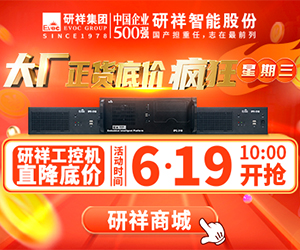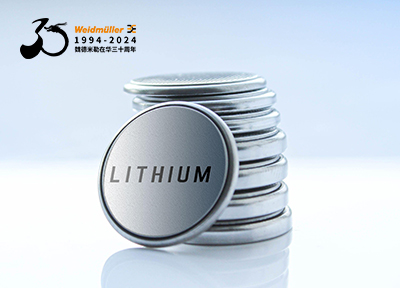6 Asset Management Myths
AT A GLANCE Most companies agree asset optimization is a good thing; many strive to optimize each and every asset—or at least achieve a broad level of optimization across all assets. The problem is you can't optimize something Companies successful in establishing asset management systems and procedures report that, when fully implementedCONTROL ENGINEERING China版权所有, these practices and products provide a corporate-wide business process and decision-making framework that is guided by performance goals, covers an extended-time horizonwww.cechina.cn, draws from economics as well as engineering, and considers a broad range of assets—especially people. TS Raghavendra Prasad, asset management product manager, Honeywell Process Solutions, explains it like this: "Asset management is the beginning of a journey encompassing continuous work process improvements and optimization. It's a collection of tools and technologies that help ease improvement implementations, but in the absence of an appropriate culture, know howwww.cechina.cn, and well-established work processes, it cannot guarantee results." Asset management is viable and achievable, but it's not quick or easy; and unfortunately its adoption continues to languish控制工程网版权所有, partly because of lingering myths. Debunking myths Within the process industry, myths that tend to permeate asset management include the following: Myth #1: Digital fieldbus technologies (such as FOUNDATION fieldbus, Profibus, and DeviceNet) are all that's needed to manage assets. Certainly digital fieldbus technologies supply an abundance of data控制工程网版权所有, but more data doesn't necessarily equate to managed assets. Asset manage
Moving beyond predominant asset management myths requires a multi-dimensional assessment of culture, knowledge, processes, and technology.
until you first are able to measure and manage (control) It. Through this process we get the concept of asset management.
 用户中心
用户中心
-
 子站
子站 -
 技术
技术 -
 社区
社区
6 Asset Management Myths
2005.12.05阅读 6895
标签:It,
版权声明:版权归控制工程网所有,转载请注明出处!
图说工控
更多+
燃情自动化——2017北京国际工业智能及自动化…
2017年05月18日
探秘“数字化工厂”
2016年07月18日
迈向工业4.0——西门子引领数字化企业进程
2016年07月18日
"智·变 赢未来",PHIIDF 2016燃情北京!
2016年06月01日ABB自动化世界2016闪耀武汉 展示“物联网+”领先…
2016年05月24日

 在线会议
在线会议 论坛
论坛 专题
专题 工控直播
工控直播 新闻中心
新闻中心 子站
子站 技术
技术 社区
社区



 IDEC HR8S系列新一代安全继电器有奖试用活动
IDEC HR8S系列新一代安全继电器有奖试用活动 2025(第二十一届)年度最佳产品奖有奖投票中
2025(第二十一届)年度最佳产品奖有奖投票中 AVEVA剑维软件食品饮料行业白皮书有奖下载
AVEVA剑维软件食品饮料行业白皮书有奖下载 立即有奖下载TE重载连接器选型指南
立即有奖下载TE重载连接器选型指南 2025(第十四届)全球自动化和制造主题峰会
2025(第十四届)全球自动化和制造主题峰会
































